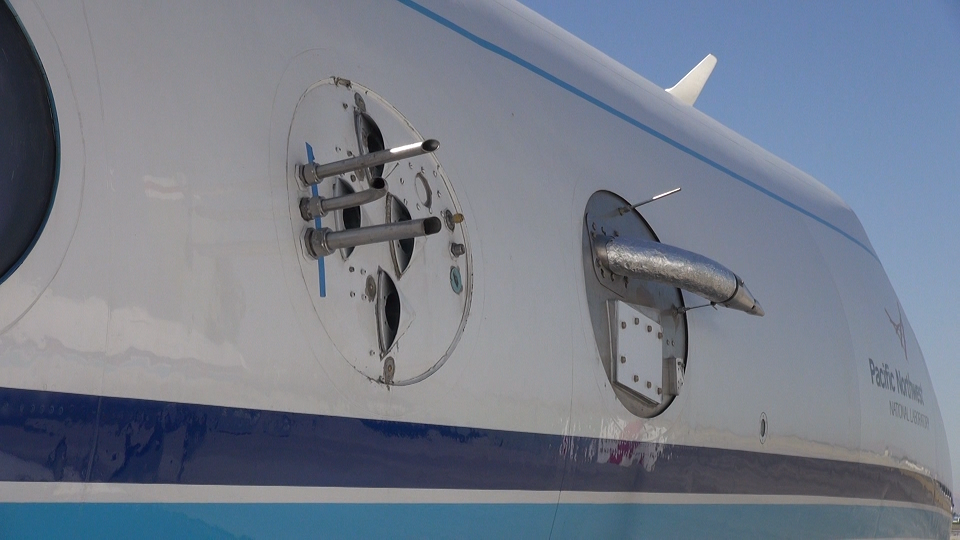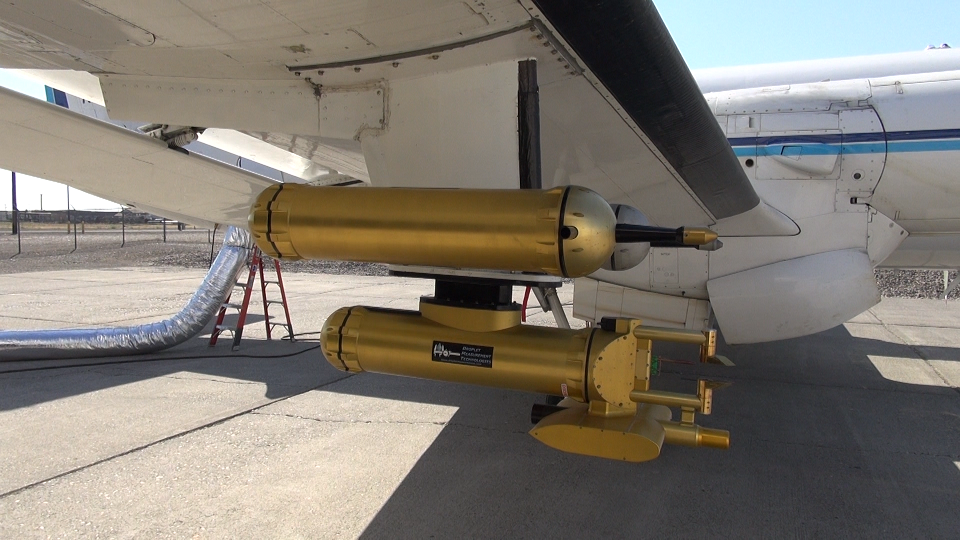Thanks for the Great Work – and BBOP Data!
Published: 13 November 2013
Editor’s note: Drs. Larry Kleinman and Arthur Sedlacek are atmospheric chemists from the Brookhaven National Laboratory, spearheading BBOP.
Today marks the conclusion of the field measurement phase of our Biomass Burning Observation Project (BBOP) campaign. In just under 4 months, we sampled 17 wildfires, more than 2 dozen agricultural burns and a handful of urban emissions, which we used as a contrasting data set. By conducting an aircraft measurement campaign that uniquely targeted near-field biomass burning aerosols, we have collected an important data set that will contribute to our community a process-level understanding of how these aerosols evolve and their forcing impact.


We wish to take this opportunity to extend our thanks to each of you for your contribution toward making BBOP a successful field campaign. We thank the Atmospheric Radiation Measurement (ARM) Aerial Facility (AAF) for their collective effort in support of BBOP, both for assembling a truly distinguished team of outside investigators and for a smooth running campaign. The inherent stress and chaos associated with aircraft-based fieldwork was magnified several times because we were sampling events that can and do change rapidly. However, despite this difficulty, AAF was able to accommodate the dynamic nature of these events while maintaining a professional and collegial environment. We thank you.
We wish to single out the AAF pilots, Mike Hubbell, Clayton Eveland, Dick Hone, Allen Cordle, and John Ray, who all were terrific. Not only did you have to contend with an ever-changing environment, you had to communicate with the on-station fire fighters, and deal with us in the back requesting this or that change. In addition, you also served as our long-range sensors by identifying targets, clearly communicating what you were seeing and how we might tweak our flight tracks to maximize success. This campaign would not have been accomplished without you. We would also wish to extend our thanks to Bob Yokelson for conveying decades of experience sampling fires.
A big thank you to the BBOP instrument mentors. This campaign provided unique challenges, not the least of which was contending with dynamic range issues and very high loading conditions. Yes, there were instrument hiccups here and there—every campaign has them—but in total, the vast majority of flights ended with a robust data set, providing much material for data mining in the coming years.
Last, but not least, to the scientists of BBOP, this is only the first phase. We believe that the data collected over these past few months is a very rich data set that will keep us busy for the next few years, and that the science that will come out of our analysis will make a valued contribution to our community. We look forward to working with each of you as we mine our data.
We close by reminding everyone that BBOP would not have been possible without the vision and support of the Department of Energy’s (DOE) ARM and Atmospheric System Research programs. This campaign represented a high-risk, high-payoff proposition. Fires, by their very nature, are unpredictable. We can report to DOE that the gamble has been successful.
Respectfully,
Art and Larry
The ARM Climate Research Facility is a DOE Office of Science user facility. The ARM Facility is operated by nine DOE national laboratories, including .
Keep up with the Atmospheric Observer
Updates on ARM news, events, and opportunities delivered to your inbox
ARM User Profile
ARM welcomes users from all institutions and nations. A free ARM user account is needed to access ARM data.


















